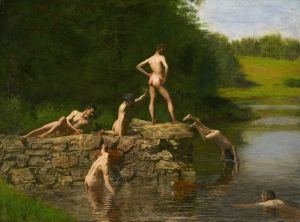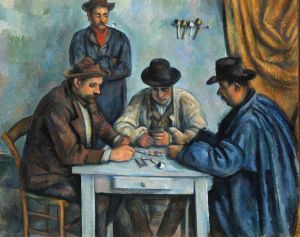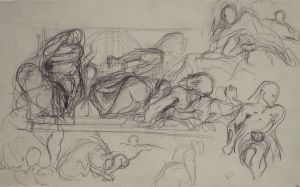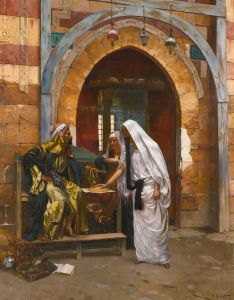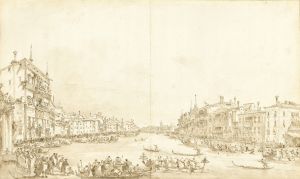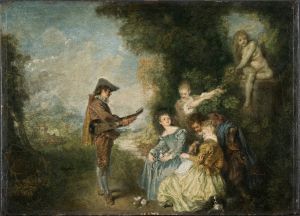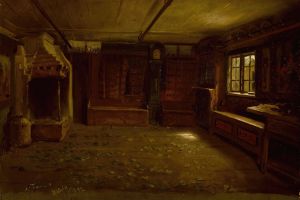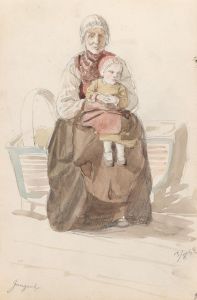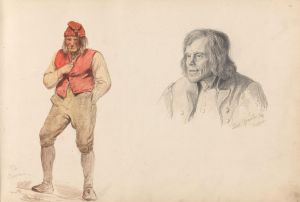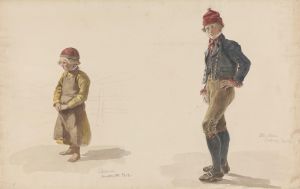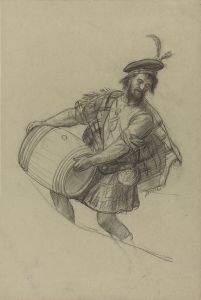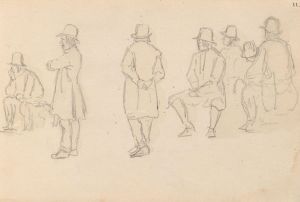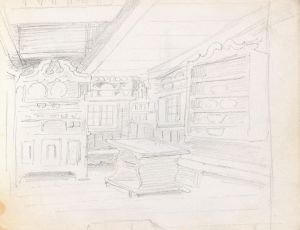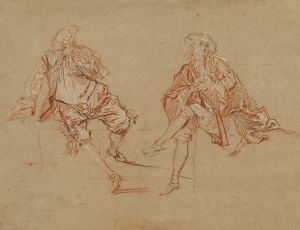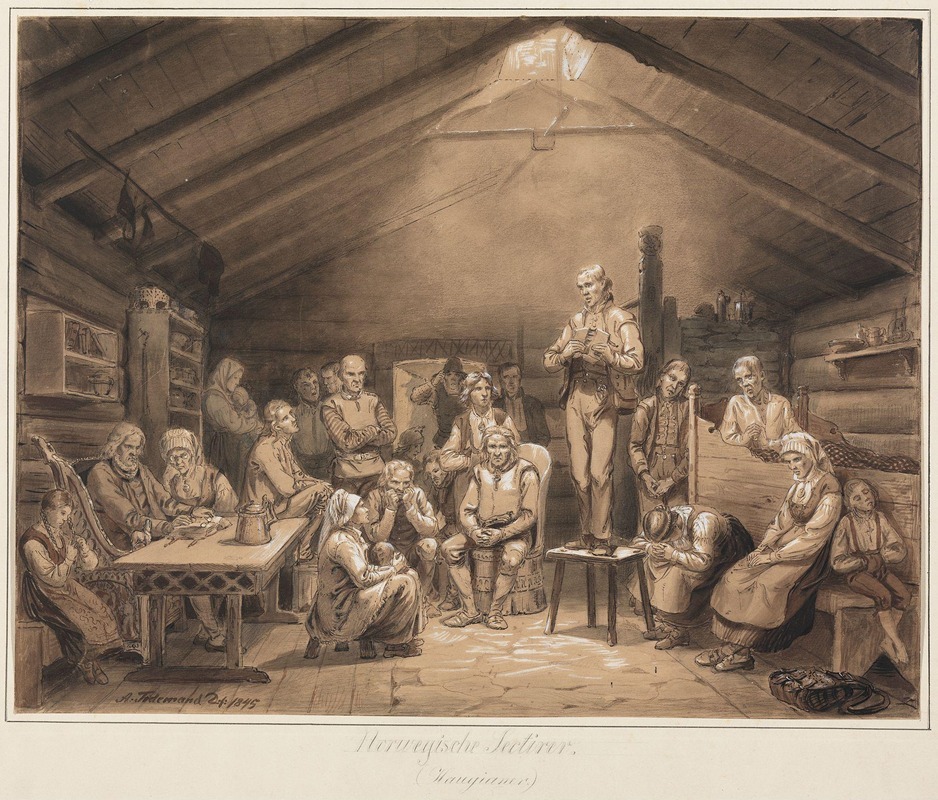
Haugianerne
A hand-painted replica of Adolph Tidemand’s masterpiece Haugianerne, meticulously crafted by professional artists to capture the true essence of the original. Each piece is created with museum-quality canvas and rare mineral pigments, carefully painted by experienced artists with delicate brushstrokes and rich, layered colors to perfectly recreate the texture of the original artwork. Unlike machine-printed reproductions, this hand-painted version brings the painting to life, infused with the artist’s emotions and skill in every stroke. Whether for personal collection or home decoration, it instantly elevates the artistic atmosphere of any space.
"Haugianerne" (The Haugeans) is a significant oil painting created by Norwegian artist Adolph Tidemand in 1848. The artwork is widely regarded as one of Tidemand's most notable contributions to Norwegian art and is an important cultural artifact that reflects the religious and social history of 19th-century Norway.
The painting depicts a group of Haugeans, followers of the lay preacher Hans Nielsen Hauge, gathered in a modest interior for a prayer meeting. The Haugean movement was a pietistic Christian revival that emerged in Norway in the late 18th and early 19th centuries, emphasizing personal faith, Bible study, and a simple, devout lifestyle. Hauge's teachings resonated particularly with rural communities and the lower social classes, challenging the established Lutheran Church and the social hierarchy of the time.
In "Haugianerne," Tidemand captures the quiet intensity and spiritual focus of the group. The composition centers on a preacher, likely modeled after Hauge himself or one of his followers, who is reading from the Bible. The figures surrounding him are portrayed with a sense of humility and devotion, their expressions and body language conveying deep concentration and faith. The setting is a simple, rustic room, emphasizing the modesty and austerity associated with the Haugean movement.
Adolph Tidemand was known for his ability to depict Norwegian folk life and traditions with great authenticity and emotional depth. His works often combined elements of realism with a romanticized view of rural life, making them both historically informative and artistically compelling. "Haugianerne" is a prime example of this approach, as it not only documents a specific religious movement but also serves as a broader representation of Norwegian cultural identity during the 19th century.
The painting was well-received upon its completion and has since become an iconic representation of the Haugean movement. It is part of the collection of the National Museum of Art, Architecture and Design in Oslo, Norway, where it continues to be admired for its historical significance and artistic merit.
"Haugianerne" remains an enduring symbol of the intersection between art, religion, and social change in Norway, offering viewers a glimpse into the lives and beliefs of a community that played a pivotal role in shaping the country's cultural and spiritual landscape.





